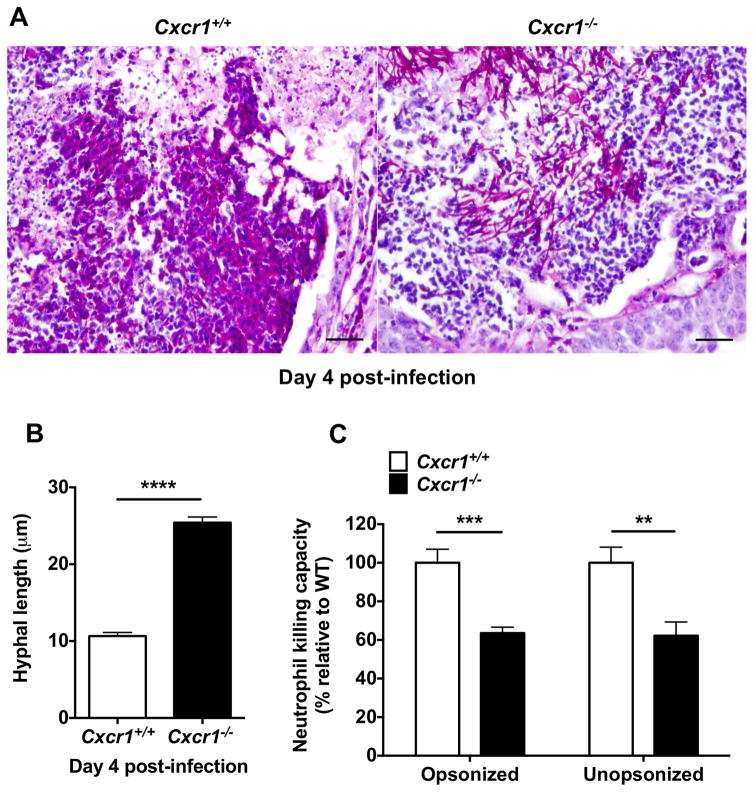Figure 5. Cxcr1 deficiency impairs the killing capacity of kidney neutrophils against Candida and results in decreased hyphal damage in the infected kidney.
(A) Representative PAS staining of Cxcr1+/+ and Cxcr1−/− kidney sections (day 4 post-infection) showing degraded hyphal elements within Cxcr1+/+ neutrophil abscesses but intact hyphae within Cxcr1−/− neutrophil abscesses. Original magnification, 400x. Bar scale, 100 μm (B) Candida hyphal length within Cxcr1+/+ and Cxcr1−/− renal neutrophil abscesses at day 4 post-infection (n=452–466 randomly selected hyphal element measurements obtained from 12–13 kidneys per genotype; summary data from 3 independent experiments). ****P<0.0001; Mann-Whitney test. (C) Cxcr1−/− neutrophils MACS-sorted from the kidney at day 4 post-infection have impaired ability to damage opsonized (P=0.0009) and unopsonized (P=0.0034) Candida hyphae ex vivo (n=8; 4 independent experiments; t-test). All quantitative data represent mean ± SEM.

